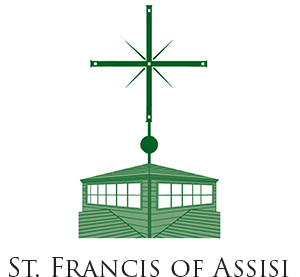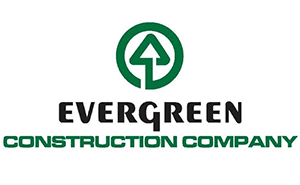A new report by the National Low Income Housing Coalition (NLIHC) finds a national shortage of 7.1 million affordable and available rental homes for extremely low-income renter households – those with incomes at or below the poverty level or 30% of their area median income, whichever is greater – resulting in just 35 affordable and available rental homes for every 100 extremely low-income renter households nationwide. Released annually, The Gap: A Shortage of Affordable Homes investigates the affordability and availability of rental homes for households of different income levels nationwide and in every state and major metropolitan area.
State Trends
The report also reveals that only 41 affordable and available rental homes are available for every 100 of the 332,199 extremely low-income households in North Carolina. These findings come amid unprecedented attacks on federal housing assistance programs and the agencies that administer them.
“Year after year, the data continues to show us the depth and breadth of the housing crisis,” said Stephanie Watkins-Cruz, Director of Housing Policy. “We now have data that clearly shows that those that are housing cost-burdened also have a higher mortality risk. So this issue is not just a housing issue, it’s an everyone issue, and the growing need and levels of cost-burden continue to hurt the health, wealth, well being and success of our communities.”
The supply of affordable rental housing for extremely low-income households remains deeply inadequate nationwide and in North Carolina. As a result, 73% of extremely low-income renters in North Carolina are severely housing cost-burdened, spending more than 50% of their income on housing, with little left over for food, healthcare, or other basic necessities.
Local Trends
The Gap report provides in-depth analysis of the top 50 metropolitan areas, which includes 3 NC metro areas:
- The Charlotte, NC metropolitan area has 77,395 extremely low income renter households and just 31 affordable and available rental homes for every 100 of these households.
- The Raleigh, NC metropolitan area has 41,060 extremely low income renter households, and just 38 affordable and available rental homes for every 100 of these households.
- The Virginia Beach-Norfolk VA-NC metropolitan area has 58,660 extremely low income renter households and just 29 affordable and available rental homes for every 100 of these households.
What This Means for Our Work and the Continued Housing Crisis
The private market, without subsidy, is unable to provide an adequate supply of housing affordable to the lowest-income renters. What extremely low-income renters can afford to pay for rent does not cover the development and operating costs of new housing and is often insufficient to provide an incentive for landlords to maintain older housing. The result is a systemic shortage of affordable housing for extremely low-income renters impacting nearly every community, including in North Carolina. Subsidies are needed to produce new affordable housing, preserve existing affordable housing, or subsidize the difference between what the lowest-income renters can afford to pay and market rents.
“Our neighbors with the lowest incomes face staggering challenges with housing affordability. Three quarters of the lowest-income renters nationwide are severely cost-burdened,” said NLIHC Interim President and CEO Renee Willis. “It is a sad fact that only one in four households who qualify for housing assistance receive it. Attempts to cut deeply insufficient resources for housing assistance in the face of so much unmet need are senseless. We also need to support, not undermine, agencies like HUD to ensure that housing assistance programs are administered as efficiently as possible. There is no path to addressing the housing crisis for the lowest-income renters that doesn’t involve increasing resources for assistance and supporting the agencies that administer our housing programs.”
Learn more about The Gap by visiting: https://nlihc.org/gap.
For more information on the gap of affordable units in North Carolina, click here.








